Top 10 Chicken Coop Do’s and Don’ts: Essential Tips for Poultry Keepers
- February 20, 2024
- 5 comment
When planning and maintaining a chicken coop, there are essential practices to embrace and pitfalls to avoid ensuring the health, productivity, and happiness of your chickens. This guide, “10 Do’s and Don’ts for Your Chicken Coop,” offers a comprehensive overview aimed at both novice and experienced poultry keepers.
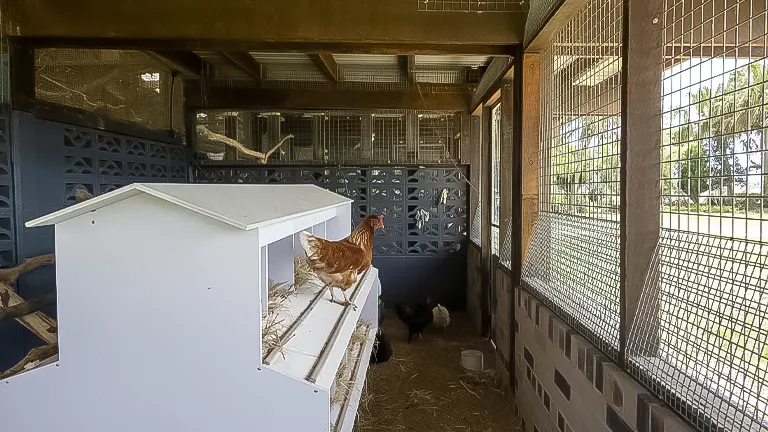
From structural design to daily management, we’ll cover crucial aspects like ensuring adequate space, ventilation, and security against predators, alongside common mistakes such as neglecting sanitation or proper insulation. Our goal is to equip you with practical insights that foster a safe, comfortable environment for your flock, optimizing their well-being and egg production.
Chickens have relatively simple housing needs, meaning their coops don’t need to be overly complex. Nonetheless, there are essential ‘must-have’ and recommended ‘should-have’ features critical for any chicken coop. Identifying these key elements and noticing when they’re missing will assist you in assessing the chicken housing available in your region, or ensure that whether you’re building or modifying a coop, you’re considering it from the perspective of a chicken.
List of 10 Do’s and Don’ts for Your Chicken Coop:
- Check for Permits and Local Ordinances
- Carefully Consider the Coop’s Location
- Overestimate Space Requirements
- Ensure Adequate Ventilation
- Predator-proof Your Coop
- Plan for Power and Lighting
- Provide a Dust Bathing Area
- Manage Feed and Waste
- Make Cleaning Easy
- Personalize Your Coop
10 Do’s and Don’ts Key Guidelines
Let’s dive into these key guidelines to help you create and maintain a coop that not only meets your chickens’ needs but also makes your poultry-keeping experience rewarding and hassle-free:
1. Check for Permits and Local Ordinances

- Do: Before you start building or buying a chicken coop, it’s imperative to check with your local government or planning department for any necessary permits or regulations concerning the keeping of chickens and coop construction. This due diligence helps ensure you’re not violating any local laws, which can vary significantly from one area to another.
- Don’t: Choosing a location for your coop without considering legal restrictions, as well as environmental factors like sunlight, shade, and access to water or power, can lead to problems. A well-placed coop not only complies with legal requirements but also contributes to the health and happiness of your chickens.
2. Carefully Consider the Coop’s Location

- Do: Environmental factors such as climate, wind direction, and moisture levels play a crucial role in the well-being of your chickens. Placing your coop in an area that maximizes comfort for your chickens, considering both summer and winter conditions, can significantly affect their health and productivity.
- Don’t: Underestimating the impact of noise, odor, and overall convenience related to the coop’s location can lead to regret. Issues like early morning crowing or unpleasant smells can become significant nuisances if not initially considered.
3. Overestimate Space Requirements
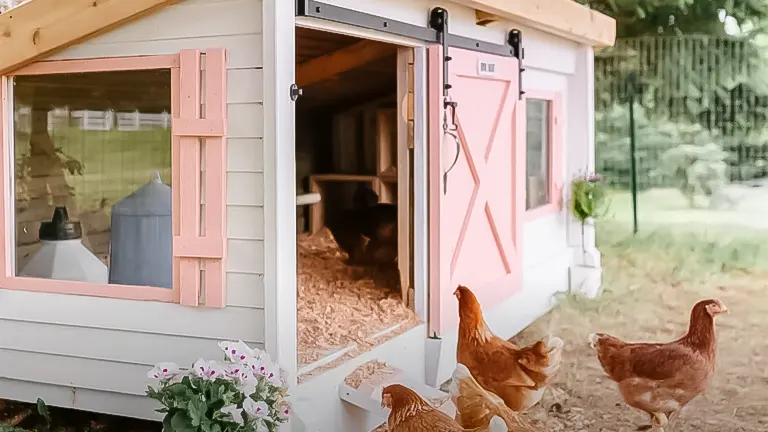
- Do: Chickens thrive when they have plenty of space to move, forage, and exhibit natural behaviors. Overestimating space allows for future flock expansion and reduces the risk of stress-induced behaviors, such as pecking or aggression, ensuring a healthier and more harmonious environment.
- Don’t: A lack of ventilation can lead to respiratory issues, the buildup of harmful gases, and an increase in humidity, all of which can adversely affect chicken health. Ensuring adequate airflow while avoiding drafts is essential for a conducive living environment.
4. Ensure Adequate Ventilation
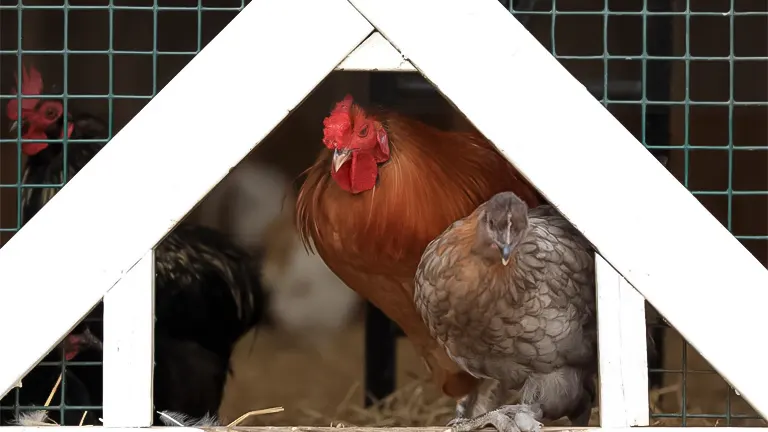
- Do: Designing your coop with proper ventilation ensures that fresh air circulates freely, reducing moisture and airborne pathogens. Strategic placement of vents can prevent drafts, keeping the coop’s interior healthy without chilling the inhabitants.
- Don’t: Failure to predator-proof your coop can lead to tragic losses. Chickens are vulnerable to a variety of predators, making a secure and robust coop essential for their protection.
5. Predator-proof Your Coop

- Do: Utilizing materials such as hardware cloth instead of chicken wire, securing all openings, and reinforcing the coop’s structure are vital steps to deter predators. Consider the local wildlife and adapt your defenses accordingly to ensure your chickens’ safety.
- Don’t: Overlooking the necessity for electrical power in your coop can complicate maintenance and care, especially in adverse weather conditions. Lighting, heating, and automated systems significantly enhance the functionality and comfort of your coop.
6. Plan for Power and Lighting
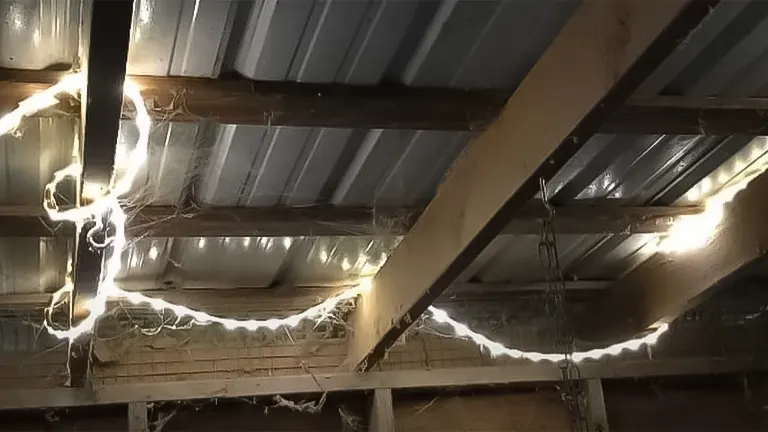
- Do: Assess the feasibility of extending electrical service to your coop or employing alternative solutions like solar power. Adequate lighting extends the laying season, and heating can be crucial for survival in cold climates.
- Don’t: The absence of a dust bathing area, especially during winter when outdoor areas may be inaccessible, can lead to parasite problems and affect chicken hygiene.
7. Provide a Dust Bathing Area
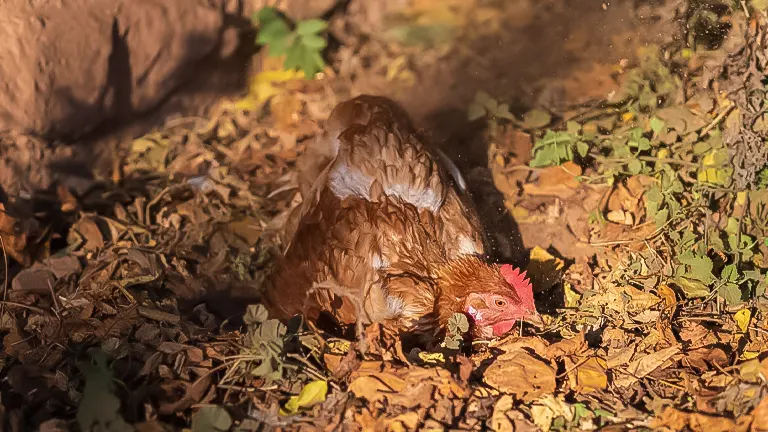
- Do: Integrating a dust bath within the coop allows chickens to maintain their feather health and control parasites year-round, contributing to their overall well-being.
- Don’t: Inefficient management of feed and waste not only leads to a messy coop but also attracts rodents and pests, creating additional problems for chicken keepers.
8. Manage Feed and Waste
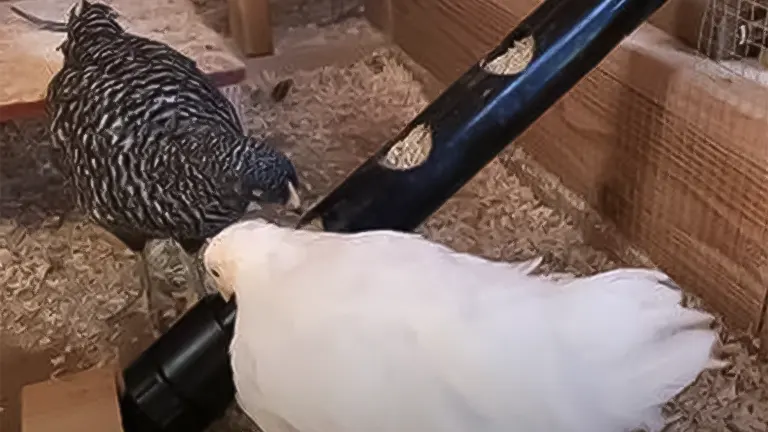
- Do: Keeping feed off the ground and in rodent-proof containers, coupled with a systematic approach to waste management, ensures a clean environment, reducing the risk of disease and pest infestation.
- Don’t: Allowing the coop to become difficult to clean can discourage regular maintenance, leading to unsanitary conditions detrimental to chicken health.
9. Make Cleaning Easy
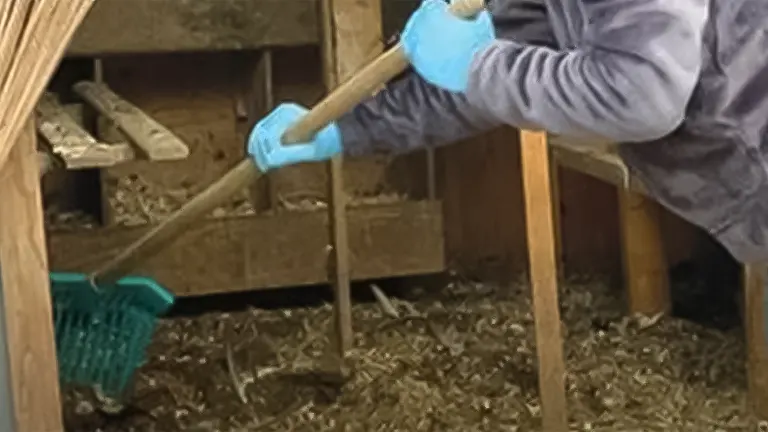
- Do: Incorporating features that facilitate easy cleaning, such as large access doors, removable trays, or droppings boards, can make coop maintenance less of a chore and more efficient, ensuring a healthier environment for your chickens.
10. Personalize Your Coop
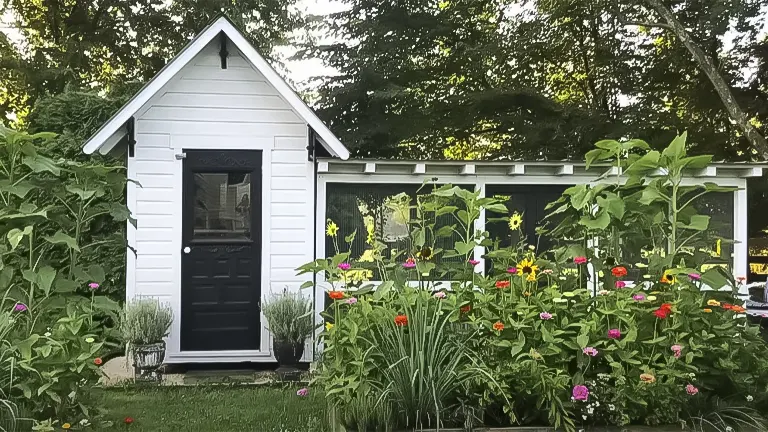
- Do: Customizing your chicken coop with personal touches, decorations, or functional design elements not only makes the space more enjoyable for you but can also enhance the living conditions for your chickens, reflecting your unique style and preferences.
Related Articles:
- Best Bedding For Chickens
- Best Safe Chicken Coop Heater
- 8×8 Chicken Coop Plans
- Turning a Shed Into a Chicken Coop
- How to Make a Chicken Coop Out of Pallets
- Best Sand for Chicken Coop
- How To Insulate a Chicken Coop
- How To Heat a Chicken Coop
- How To Keep Water from Freezing in Chicken Coop
- How to Build a Chicken Coop
- How To Build Chicken Nesting Boxes
- How to Raise Happy and Healthy Chickens in Your Backyard
- When Can Chicks Go Outside? Timing and Tips for a Smooth Transition
- 12 Reasons why Ducks are Better than Chickens
- Best Automatic Chicken Coop Doors 2024: Expert Reviews & Buyer’s Guide
- Best Fans for Chicken Coop 2024: Effective Cooling Solutions Reviewed
Final Conclusion
The “10 Do’s and Don’ts for Your Chicken Coop” article by the Hobby Farm guys offers invaluable insights into the nuanced considerations of chicken coop design and management. Through a blend of practical advice, regulatory caution, and creative encouragement, the piece underscores the multifaceted nature of successful chicken keeping. By adhering to these guidelines, keepers can create a conducive, safe, and enjoyable environment for their chickens, thereby fostering their health, productivity, and overall well-being.
Frequently Asked Questions
- Do I need a permit to build a chicken coop?
Yes, in many areas, you may need a permit, especially for larger structures. Always check with your local government or zoning office for regulations on keeping chickens and constructing coops to ensure compliance and avoid potential legal issues. - How do I choose the best location for my chicken coop?
Consider factors such as sunlight exposure, wind direction, and proximity to water and power sources. Ensure the location offers protection from extreme weather and is convenient for daily maintenance, while also considering noise and odor impact on your living spaces. - How much space do my chickens need inside the coop?
As a general rule, provide 3-4 square feet of coop space per chicken. If your chickens will be confined to the coop for long periods, consider increasing this to 5-10 square feet per bird to prevent stress and aggressive behavior. - Why is ventilation important in a chicken coop?
Proper ventilation removes moisture, ammonia, and dust, maintaining a healthy living environment for your chickens. It’s crucial to balance airflow to avoid drafts in colder weather while ensuring the coop is well-ventilated. - How can I predator-proof my chicken coop?
Use hardware cloth instead of chicken wire for enclosures, secure all potential entry points, reinforce the coop’s foundation, and consider elevated coop designs to protect against predators like foxes, raccoons, and birds of prey. - Is electricity necessary for my chicken coop?
While not always necessary, having access to electricity can greatly enhance coop functionality through lighting, heating, and automated systems like waterers or door openers, especially in extreme climates. - How do I provide a dust bathing area in the coop?
Create a designated dust bath area by filling a sturdy container with a mix of sand, diatomaceous earth, and ash. This allows chickens to maintain their feather health and control parasites, especially in climates where outdoor dust bathing is not always possible. - What’s the best way to manage feed and waste in the coop?
Use feeders that minimize spillage and keep feed off the ground to prevent waste and deter rodents. Implement a waste management plan that includes regular cleaning, using bedding materials that are easy to replace or compost. - How can I make my chicken coop easy to clean?
Design your coop with removable trays or dropping boards beneath roosting areas, large access doors, and smooth, easy-to-clean surfaces. Consider the deep litter method for bedding management to simplify cleaning and improve coop hygiene. - Can I personalize my chicken coop?
Absolutely! Personalizing your coop with paint, decorations, and unique design elements not only makes the space more enjoyable for you but can also enhance the environment for your chickens. Just ensure all materials used are safe and non-toxic for poultry.
Your insights matter to us! Dive into the discussion by sharing your own experiences and tips regarding the “10 Do’s and Don’ts for Your Chicken Coop” in the comments section below. Whether you’re a seasoned chicken keeper or just starting out, your personal stories and advice could greatly benefit others in our community. Help fellow enthusiasts navigate the joys and challenges of chicken keeping by contributing your knowledge today!

Edward Smith
Forestry AuthorWoodworking is about more than crafting; it's a harmonious connection with nature, mastering tools, and preserving our environment. I'm here to share my knowledge and experiences with you, forging a future where we can embrace wood's beauty and utility while safeguarding our forests' health and diversity.
5 comments
Very nice advice. We are planning a community managed chicken farm and I hope your advice will help us a lot. M
Michael
February 24, 2024 6:18 amGood info i just want to do chicken's eggs bussness in future
Themba
February 23, 2024 2:57 pmThis good and quiet motivating













Evening I just want to do Broilers I'm not sure whether it's chicken that lay eggs but I want to do that.
Nkosinathi
February 26, 2024 4:26 pmSure thing! If you're interested in broilers, which are chickens raised for meat, the basics like space, ventilation, and security still matter. Broilers have a shorter stay in the coop, so focus on easy access and a comfortable environment for their growth. Happy broiler raising!
Edward Smith
March 4, 2024 6:28 am